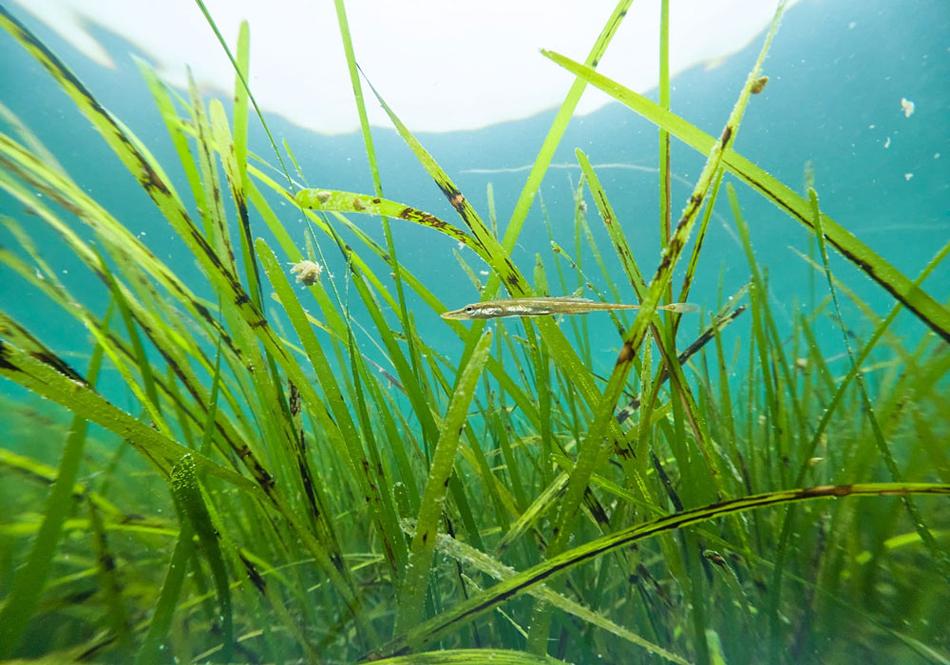
Photo credit: Seawilding/Philip Price
Project Seagrass is marking the 10th anniversary of its SeagrassSpotter app by asking divers and snorkellers to get involved and submit new seagrass data recordings.
Over the past 10 years, volunteers from around the globe have come together for ocean conservation, using SeagrassSpotter to map and help protect the world's seagrass meadows.
From storing carbon to preventing coastal erosion, improving water quality to providing a home for wildlife including turtles and seahorses, seagrass meadows play a critical role for people and planet. Yet our knowledge of the location and extent of the world's seagrass remains incomplete.
 Global seagrass distribution and status is difficult to map and monitor, largely due to its widespread distribution and the relatively limited scientific resources focused on seagrass. Mapping work to date has been a slow and expensive process with the status of many seagrass meadows remaining unknown.
Global seagrass distribution and status is difficult to map and monitor, largely due to its widespread distribution and the relatively limited scientific resources focused on seagrass. Mapping work to date has been a slow and expensive process with the status of many seagrass meadows remaining unknown.
This is where the SeagrassSpotter community comes in. Since its launch in 2015, thousands of seagrass observations have so far been uploaded, contributing towards a growing global dataset.
To mark SeagrassSpotter's 10th anniversary, Project Seagrass are calling on communities around the world to explore their local coastline and upload their seagrass sightings with the aim to surpass 10,000 sightings.
Seagrass sightings uploaded to SeagrassSpotter have an important role to play in seagrass conservation efforts. Data uploaded by the community has been used as part of research studies helping us to understand the global threats facing seagrass. SeagrassSpotter data has also been used to validate the accuracy of deep learning models in addition to assessing how genetic variation and genetic differentiation vary among Zostera marina meadows in Northern Europe and as part of a study assessing the effect of wave exposure on sedimentary carbon and nitrogen accumulation in Zostera marina meadows at the Swedish west coast.
By sharing your sightings, you’re not just taking a photo—you’re helping scientists build better tools to protect seagrass around the world.




